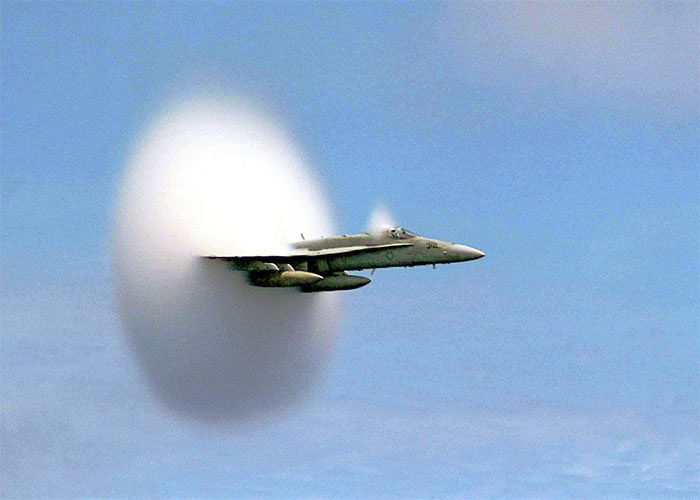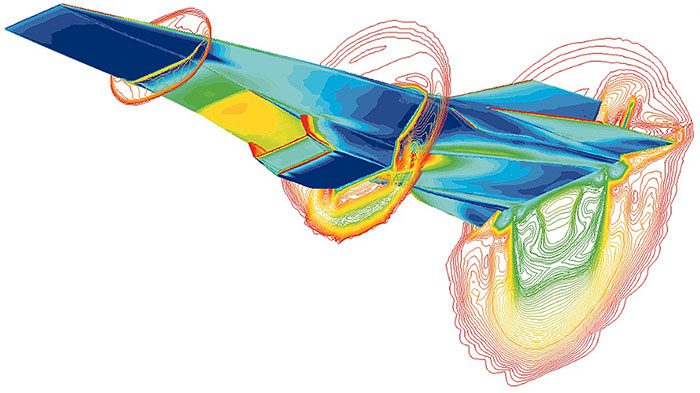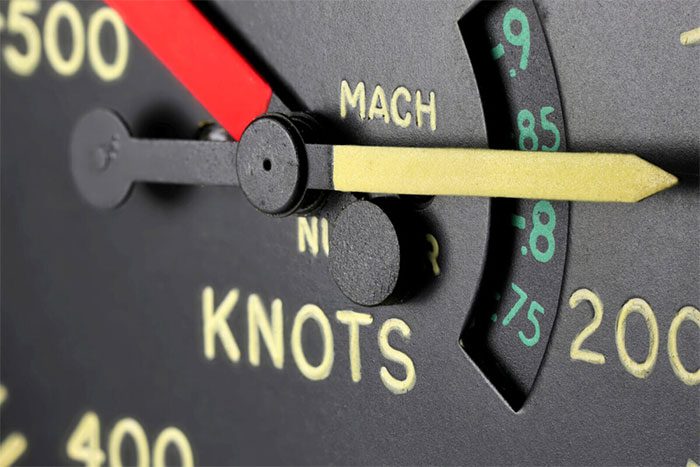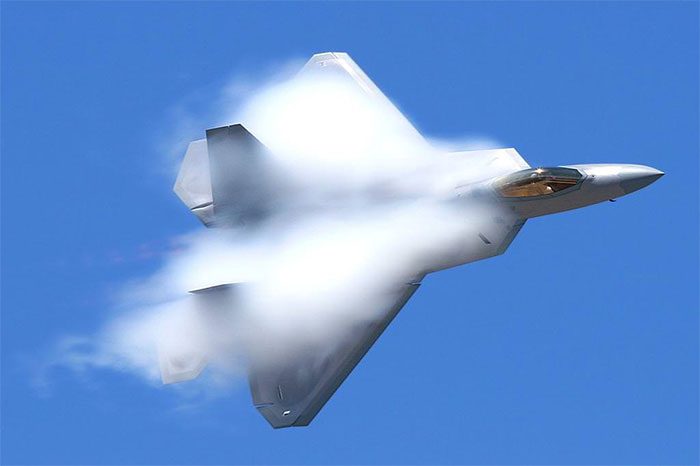Unlike kilometers or miles, Mach is measured by the speed of sound. So why do airplanes choose Mach instead of conventional kilometers?
Definition and Origin of Mach Speed: The Unit of Sound Speed
Mach speed is a unit used to measure the speed of an object, defined as a dimensionless value obtained by comparing the speed of the object with the speed of sound in the environment. The origin of Mach speed can be traced back to the Austrian scientist Ernst Mach.
In the late 19th century, Ernst Mach became increasingly interested in studying the behavior of sound. At that time, it was believed that sound was transmitted through “sound waves”, and the speed of moving objects in the air caught Mach’s attention. He observed in his experiments that when an object moves faster than the speed of sound in the medium, a special effect – the “Mach cone” – would appear.
The so-called “Mach cone” is a phenomenon resembling a conical cloud; the faster the object moves, the more pronounced the Mach cone becomes. Upon observing this phenomenon, Ernst Mach concluded that when the speed of an object reaches the speed of sound, the pressure waves it generates can no longer propagate and will overlap to form the Mach cone.

There is a close relationship between Mach speed and the speed of sound. Sound is a mechanical wave that propagates through a medium, and its propagation speed depends on the density and elasticity of that medium. Under normal temperature and pressure conditions, the speed of sound in the air is approximately 343 meters per second. (Image: Zhihu)
Based on this conclusion, Ernst Mach proposed a new theory suggesting that when an object moves, it not only produces sound but also causes a change in pressure. He continued to validate this theory experimentally and developed a method for calculating the speed of an object—dividing the object’s speed by the speed of sound in the medium to obtain the dimensionless value known as Mach number.
The emergence of Mach speed has significant implications. In the aerospace industry, Mach number is a common unit for measuring the speed of aircraft. In air under normal conditions, speeds greater than or equal to Mach 1 (343 m/s or 1235 km/h at sea level in air at 20 degrees Celsius) are considered supersonic. Speeds greater than Mach 5 are referred to as hypersonic.
The difference between the speed of sound and Mach speed is that the speed of sound is the speed at which sound waves propagate in a medium, while Mach speed measures the speed of a moving object relative to the medium. The introduction of Mach speed is not only crucial for aerospace engineering but also impacts research in various other fields. For example, in physics and engineering, Mach speed is widely used to study issues such as high-speed flight, aerodynamics, and explosions.

Mach speed refers to the ratio of an object’s speed to the speed of sound. Simply put, when an object’s speed exceeds the speed of sound, it reaches a supersonic state, also known as Mach speed. (Image: Zhihu).
Why Aircraft Use Mach to Describe Speed
Air density refers to the mass of air contained within a unit volume under specific conditions. It is influenced by factors such as temperature, pressure, and humidity. As altitude increases, air density gradually decreases, similar to how breathing becomes more difficult at higher elevations. During flight, changes in air density directly affect the flight characteristics and performance of the aircraft.
In the definition of Mach number, the speed of sound is an important reference value. In air, the speed of sound propagation depends on the physical properties of the gas, particularly the density of the gas. When an aircraft’s speed reaches or exceeds the speed of sound, the compressive force of the air becomes significant, and the air density changes due to the aircraft’s high-speed motion. This means that high-speed aircraft must confront a series of unique physical problems and challenges in compressible flow.
The design and performance of aircraft need to take these challenges into account. For example, aerodynamic characteristics change significantly as the Mach number increases.
Compressible flow is the branch of science that studies the motion of objects in gases, involving air forces, drag, lift, and other factors. When an aircraft moves at supersonic speeds, aerodynamic effects intensify, and the changes in pressure and temperature within the air become more significant. Therefore, it is crucial to understand and consider the Mach number in the design and operation of high-speed aircraft.

Supersonic objects create shock waves during propagation, which is also the reason supersonic flights generate a “boom” sound. When an object moves at supersonic speed, the sound cannot escape the surrounding air stream in time, resulting in compressed shock waves; the propagation of these shock waves causes sudden changes in pressure and temperature, leading to a deafening sound. (Image: Zhihu)
These changes in air density also affect the aircraft’s propulsion system and fuel efficiency. As altitude increases and air density decreases, engine performance may decline, requiring additional thrust to maintain flight. This will significantly impact the aircraft’s fuel consumption and range. Therefore, understanding the effect of air density on an aircraft’s energy efficiency is essential for designing efficient aircraft and improving aviation technology.
The development of supersonic aircraft has brought many groundbreaking technologies and applications. For example, research on supersonic vehicles is of great significance for military, aerospace, and other fields. Supersonic aircraft fly faster and can reach destinations more quickly, reducing travel time. Additionally, supersonic aircraft can evade ground defense systems, increasing their tactical unpredictability.

In recent years, with the continuous advancement of science and technology, research and application of human supersonic flights have also progressed steadily. For instance, the concept of supersonic trains has been introduced into high-speed rail to enhance transport efficiency. Moreover, the design of supersonic aircraft also pursues higher speeds and lower drag to reduce energy consumption and environmental pollution. (Image: Zhihu).
However, supersonic flight also faces a series of challenges and limitations in practice. Firstly, the shock waves generated by supersonic flight can cause damage and disruption to the aircraft itself and the surrounding environment. Additionally, supersonic aircraft encounter increased drag when breaking through the atmosphere and require more energy to maintain flight. This is one reason why supersonic travel is still rarely used in commercial aviation.





















































